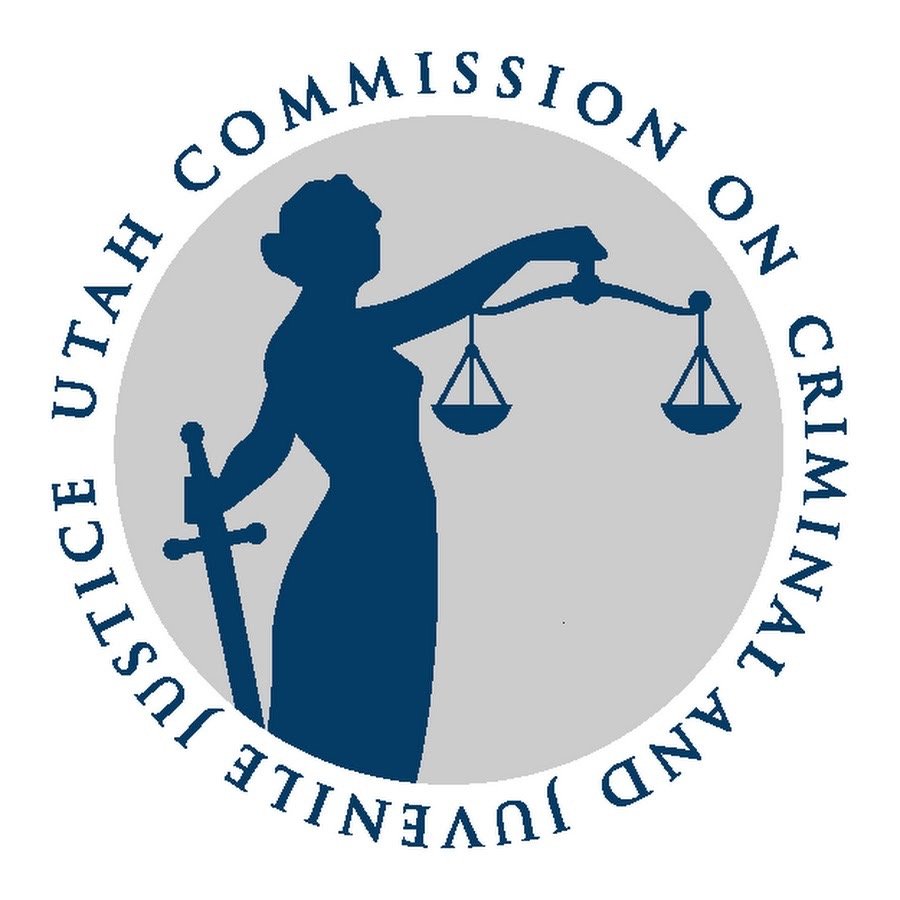Criminal & Juvenile Justice Crash Course Today:
I always like to share what I'm learning, and today I attended a "Criminal Justice Crash Course" - kind of an overview of the whole system sponsored by the Utah Commission on Criminal & Juvenile Justice.
Here are a few of the things that stood out to me:
- The entire criminal and juvenile justice system costs taxpayers $1.3 Billion per year, which equates to $375 per Utahn. (As with health care costs, prevention would save us a lot of money!) Of course, public safety is a core function of government - arguably THE core function of government. (This amount includes Dept. of Public Safety, Dept. of Corrections, Adult Probation & Parole, the Courts, Indigent Defense, Guardian ad litem, Victims Svcs, the Sentencing Commission, the Atty Genl, CCJJ, Juvenile & Youth Svcs, and the Board of Pardons & Parole, and probably a few others I'm forgetting to mention.)
- 45,000 individuals per year in Utah are booked into jail. Judges determine whether they will be released or held and under what circumstances. Utah's average number of inmates in state custody at a given time is 6,358. I don't have numbers for how many people from Utah are in federal prison or in municipal or county jails.
- We will have 350-400 new law enforcement officers graduate from the Academy this year. We finally have enough corrections officers to staff the prison without requiring excessive overtime.
- 96% of inmates currently in prison will be released at some point - one of the reasons why treatment programs and job training are so important. The Dept. of Corrections now has a Community Re-Entry Division. They begin their work on day #1 of incarceration, looking at what treatment programs the inmate must complete, what education or job skills the inmate lacks, etc. It's the more holistic approach of "beginning with the end in mind," one of Steven R. Covey's 7 Habits, and should yield great results in terms of recidivism.
- Recidivism remains a problem, but the good news is that 95% of offenders who are released back into the community never return to prison.
- Currently 60% of individuals entering state prison are returning due to parole violations. Most inmates who go to prison in the first place - and who come back to prison on parole violations - are there due to property crimes, which are the most frequent crimes committed in Utah. 23.8% of all crimes in Utah are property crimes.
- Class B and C Misdemeanors are handled in local Justice Courts. Class A Misdemeanors and felonies are handled in District Courts. There are only about 3,000 criminal jury trials a year in Utah (which still seems like a lot, though it's less than 1%.)
- Utah gives judges guidelines as a starting point for determining sentencing, but it is always up to the judge to decide. Judges have flexibility and are not required to adhere to sentencing guidelines.
- 20 of our 25 county jails offer a 24/7 program for DUI offenders, and it works exceptionally well with an amazing 99% compliance rate. DUI offenders choose one of two testing methods: 1) alcohol testing twice a day, seven says a week, for a minimum of 30 days, or 2) wearing a continuous alcohol monitoring bracelet. There are 491 people participating in the program today, but 1,410 have successfully completed it.
- The Utah Board of Pardons & Parole has completed a massive electronics records project, but they still have inter-agency tech challenges and workload issues.
[For a photo, I am including a picture of the CCJJ seal, though I hope it's clear that these are my notes and not official statements ]

